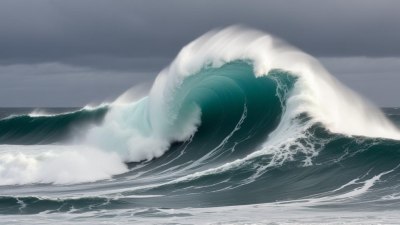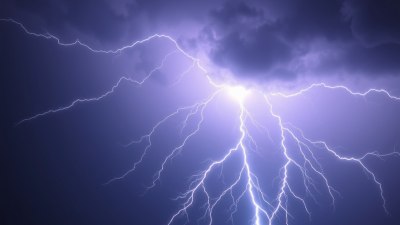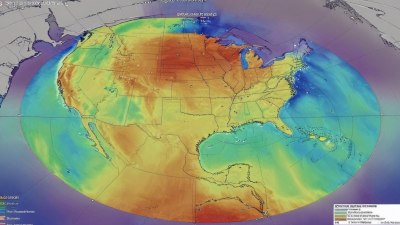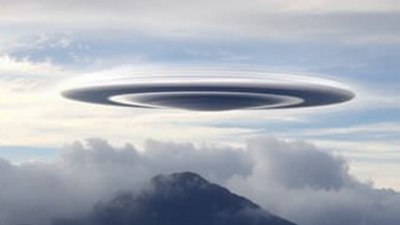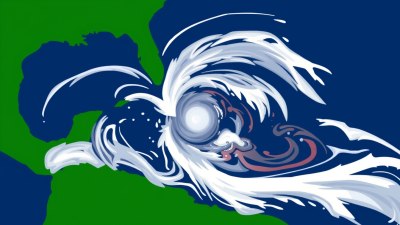The Science Behind Freezing Drizzle
Explore the atmospheric phenomena that create freezing drizzle and its implications.
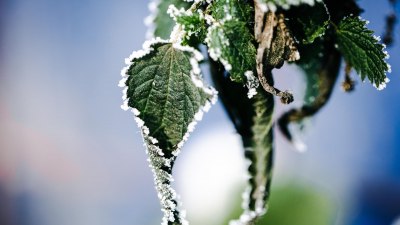
Freezing drizzle is a meteorological occurrence that can significantly impact daily life, especially during the winter months. This phenomenon typically occurs when supercooled liquid water droplets—those that remain in liquid form even below the freezing point—fall from clouds and come into contact with surfaces colder than 0 degrees Celsius. Understanding the science behind freezing drizzle involves delving into various atmospheric conditions, the formation of supercooled droplets, and their effects on the environment.
This article will explore the conditions necessary for the formation of freezing drizzle, the difference between freezing drizzle and other forms of precipitation, and the associated hazards. Additionally, we will examine how freezing drizzle forms in comparison to freezing rain and snow, as well as techniques for forecasting these wintery conditions.
Formation Conditions
The primary requirement for freezing drizzle to form is a layer of relatively warm air aloft, typically around temperatures between -5°C and 5°C. Above this layer, cold air resides at the surface, with temperatures below 0°C. When atmospheric conditions lead to the creation of supercooled droplets, they remain in liquid form despite being at temperatures where ice would usually form. These droplets can then fall through the colder air layer at the surface and freeze upon contact with colder surfaces.
For freezing drizzle to develop, a source of moisture is essential. This moisture typically originates from warm air providing adequate humidity that can lift and cool in the colder atmosphere. As these droplets descend, they collide and coalesce with other supercooled droplets, increasing their size before they eventually touch down. The result is a fine mist of liquid water that can create dangerous ice patches on roads, sidewalks, and other surfaces.
Distinction from Other Precipitation Types
It is vital to differentiate between freezing drizzle, freezing rain, and other forms of winter precipitation. While they might appear similar, the characteristics and formation processes differ significantly. Freezing drizzle consists of small, icy droplets that result in a thin layer of ice upon contact with cold surfaces, unlike freezing rain, which comprises larger droplets that remain liquid until they make contact with surfaces, resulting in a thicker layer of ice.
Snow, on the other hand, forms through a process of sublimation in cold conditions, producing flaky structures that accumulate on the ground. Each of these forms of precipitation presents its own set of challenges; however, freezing drizzle tends to result in hazardous conditions due to its thin and slippery nature.
Weather Patterns Related to Freezing Drizzle
Freezing drizzle typically occurs in stratiform clouds, which spread out horizontally. This cloud formation is often associated with warm fronts, where warm, moist air rides over a cold front layer. Such conditions can also lead to the development of fog or mist, which further complicates visibility and safety during precipitation events.
Forecasters monitor temperature profiles, humidity levels, and weather patterns closely to predict freezing drizzle events. Specifically, constant temperature stratification in the atmosphere plays a crucial role, necessitating specific conditions for freezing drizzle occurrences. The ability to accurately predict such weather phenomena is vital for issuing timely warnings and ensuring public safety.
Impact on Daily Life
The impacts of freezing drizzle can be severe, particularly for transportation sectors. Roads and sidewalks can quickly become treacherous, leading to accidents, injury, or property damage. When freezing drizzle is in effect, communities often rely on de-icing treatments, which help mitigate the effects on roadways and pathways. However, these measures can be limited in effectiveness, especially in sustained freezing drizzle conditions.
Schools and businesses may also face closures or delays due to the risks presented by freezing drizzle. Public transport systems, including trains and buses, may experience delays or difficulties in operation, leading to frustration for commuters. Maintaining awareness of current weather reports and forecasts is crucial for individuals and organizations alike during winter months when freezing drizzle is more prevalent.
Forecasting Techniques
Accurate forecasts for freezing drizzle involve a combination of monitoring ground-based observations, remote sensing technology, and satellite imagery. Weather radars are particularly effective for identifying areas of precipitation, its intensity, and movement. Doppler radar also assists in analyzing the vertical motion of air particles and temperature data to ascertain the likelihood of freezing drizzle development.
In addition to traditional forecasting methods, numerical weather prediction models can simulate atmospheric conditions, allowing meteorologists to anticipate freezing drizzle occurrences. By inputting current meteorological data, these models help predict the likelihood and intensity of freezing drizzle events at different locations.
Mitigation Strategies
Mitigation of the risks associated with freezing drizzle involves several strategies at both community and individual levels. Communities can invest in infrastructure improvements, such as enhanced drainage systems, to prevent ice accumulation. Local government agencies often employ snowplows and sand or salt spreaders during freezing drizzle conditions to maintain safe road conditions.
On an individual level, it is vital to stay informed about weather forecasts and prepare for inclement weather, especially when freezing drizzle is predicted. Dressing appropriately and exercising caution while driving or walking on potentially slippery surfaces can mitigate injury risks. Developing a winter safety plan for home and travel is advisable for residents living in areas prone to freezing drizzle.
Conclusion
In conclusion, freezing drizzle is a fascinating yet hazardous meteorological phenomenon that requires an understanding of atmospheric processes and forecasting techniques. The interplay of temperature, moisture, and airflow creates the conditions necessary for this icy precipitation to occur. By recognizing the implications of freezing drizzle on daily life and employing strategies to mitigate its effects, individuals and communities can navigate winter weather events more effectively and safely.
Staying informed about weather forecasts and understanding the characteristics of freezing drizzle can empower people to make informed decisions during winter months. As research in meteorology continues to advance, we can expect improved forecasting methods and better strategies for managing the impacts of freezing drizzle on society.


